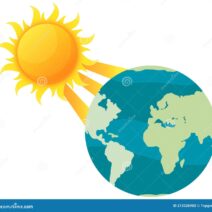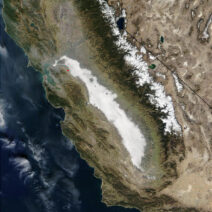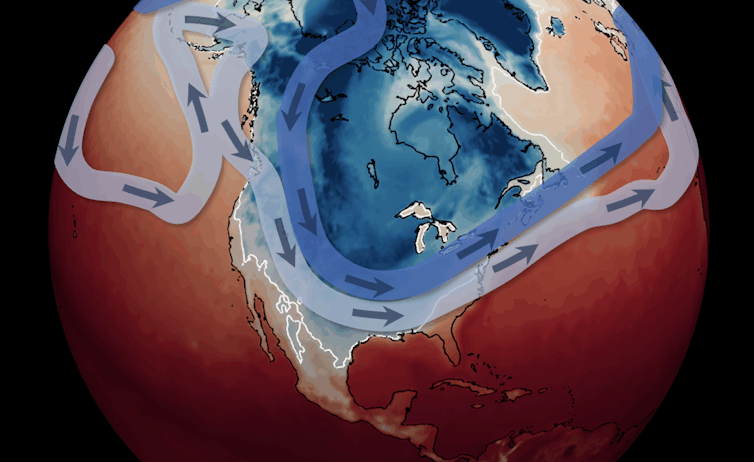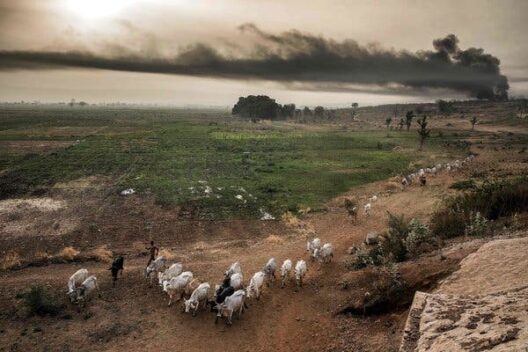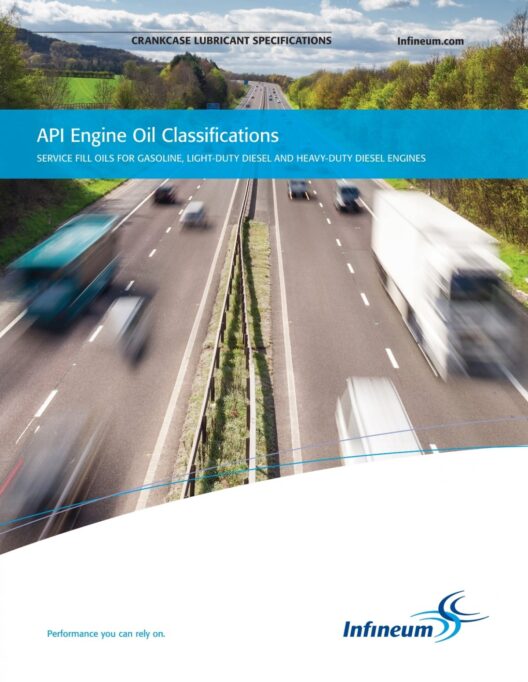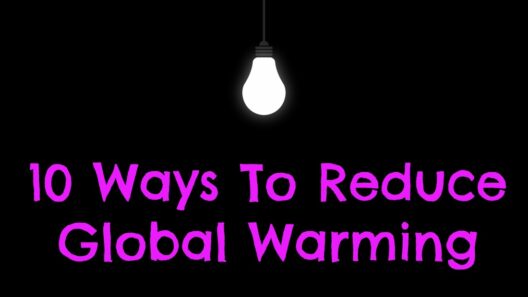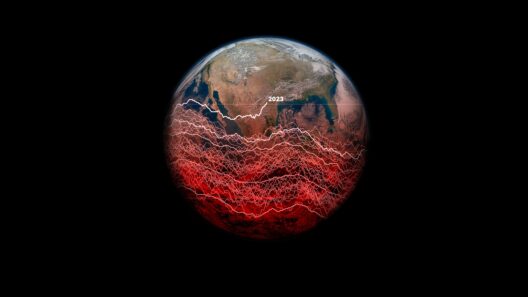The polar vortex is often likened to a great cyclone—a howling beast that dwells in the Arctic regions, forming a swirling mass of frigid air during the winter months. This veiled entity, however, has become a focal point of discussion in the face of global warming, as questions arise about its stability and the implications for extreme weather patterns across the globe. As temperatures rise, one must ponder: does a warming world upend the polar vortex, or does it merely stir the pot of unusually severe weather events?
To fathom the intricacies of this relationship, it is vital to first understand what the polar vortex is. It serves as a stratospheric barrier that contains the bitterly cold air over the Arctic. When this barrier weakened or distorted, it enables that chilling air to escape southward, unleashing frigid temperatures and snowfall in areas typically not accustomed to such climatic extremes. This phenomenon demonstrates the fine balance the Earth maintains within its climatic systems. The polar vortex thus holds significance not just in its impact on the Arctic, but as a catalyst for extreme weather events globally, affecting the temperate regions far removed from its frigid core.
As the climate continues to warm, scientists find that the implications for the polar vortex are both intricate and alarming. One of the consequences of increased carbon emissions is the alteration of temperature gradients between the equator and the poles. This phenomenon can result in a destabilization of the polar vortex, leading to erratic, unpredictable shifts of cold air masses. Thus, what was once a predictable pattern of seasonal cold becomes a harbinger of chaotic weather.
Crucially, climate change might contribute to phenomena such as the ‘wobbling’ of the polar vortex. Imagine a spinning top that, upon encountering an uneven surface, begins to tilt and wobble erratically rather than maintaining its original trajectory. This wobbling effect is believed to precipitate a series of weather anomalies. The once-cool winter in the U.S. could surrender to bitter cold fronts swooping down from the Arctic, juxtaposed with unusually warm patches hitting other localities.
These unpredictable fluctuations can stir a host of extreme weather events. For instance, the winter of 2014 bore witness to a dramatic incursion of arctic air masses plunging into the United States, inflicting chaos across numerous states. This is but one instance of a wider pattern that exemplifies how shifts in the polar vortex can trigger the plummet of temperatures and provoke irregularities in precipitation. Conversely, regions such as parts of Europe might experience balmy weather while simultaneously battling extreme cold in North America—a dichotomy born from the same atmospheric disturbances.
As one examines these weather patterns, the metaphor of the interconnected web of life comes to the fore. All phenomena, from the tiniest stream to enormous ocean currents, resonate with an intrinsic interdependence. Altering the polar vortex thus sends ripples throughout the entire global ecosystem, impacting agricultural cycles, water supply, and even the migratory patterns of various species. Such interconnectedness serves as a compelling portrait of the delicate dance of climate systems, where the disruption of one facet can reverberate through the entirety.
In addition to these observable weather shifts, the phenomenon of warming is also responsible for alterations in the polar regions, such as the alarming rate of Arctic ice melt and the permafrost thaw. Such processes further contribute to a feedback loop that exacerbates climate change, placing even more strain on the polar vortex. Thawing permafrost releases significant quantities of greenhouse gases, which accelerate global warming, thereby affecting atmospheric pressure systems crucial to maintaining the integrity of the polar vortex.
Furthermore, the overarching impact of climate change on the polar vortex calls for a profound cognitive shift. We must reconcile with an uncomfortable truth: our erstwhile notions of predictability in weather patterns are rapidly eroding. Scientific models have increasingly found correlations between a warming climate and the incidence of extreme weather events, underlining a grim reality—the polar vortex, previously an obscure atmospheric feature, is now a reflection of our changing world.
As the clamoring debate persists regarding the anthropogenic causes of climate change, attributing any extreme weather event directly to a warming climate is fraught with complexity. However, there is a growing consensus among climatologists that the factors at play are part of a larger tapestry that cannot be ignored. Each instance of weather chaos represents a thread in this tapestry, giving visual form to the unseen consequences of our warming world.
Ultimately, addressing the future of the polar vortex in an age of climate change is intrinsically tied to our broader understanding of environmental stewardship. Society must grapple with the tangible realities of global warming and their manifestations in weather patterns. Acknowledging the need for collective action, it becomes imperative to reduce greenhouse gas emissions, enhance sustainable practices, and engage in global conversations. This dialogue is essential not merely for the preservation of the polar vortex or the temperate climates, but for the very fabric of life on Earth.
In conclusion, the polar vortex stands as a powerful symbol of the precarious equilibrium maintained by the Earth’s climate systems. Changes to this atmospheric force usher in a new era characterized by severe weather unpredictability. As humanity continues to grapple with the challenges posed by a warming planet, the fate of the polar vortex serves as a poignant reminder that our collective actions hold the key to stabilizing our future climate and ensuring the preservation of our biosphere.
